Wheelchair Cushions for Comfort & Pressure Relief
Explore quality wheelchair cushions for enhanced comfort, posture, and pressure care. Ideal for all-day use, support and skin protection.
Summary
Wheelchair cushions are essential accessories that enhance comfort, prevent pressure injuries, and support proper posture for wheelchair users. Whether you're recovering from surgery, living with a disability, or using a chair long-term, the right cushion significantly improves your mobility and quality of life. This comprehensive guide covers the different types of cushions for wheelchair seats, their benefits, key features to consider, and where to buy wheelchair cushions in Australia.
What Are Wheelchair Cushions?
Wheelchair cushions are specially designed pads placed on a wheelchair seat to improve comfort, stability, and safety for users. They help distribute weight evenly, reduce pressure on bony areas, and minimise the risk of developing pressure ulcers (also called pressure sores or bedsores).
Cushions for wheelchair use serve several critical functions:
- Support correct spinal alignment and posture
- Reduce skin breakdown and friction
- Provide stability for improved mobility and transfers
- Manage temperature and moisture through breathable materials
People of all ages and abilities can benefit from high-quality wheelchair cushions, especially those who spend extended time seated or have limited movement.
Why Wheelchair Cushions Matter
Whether you're using a manual or electric wheelchair, prolonged sitting can result in discomfort, poor posture, and serious skin complications. Investing in a cushion tailored to your body and needs is vital for health and wellbeing.
Here are the key reasons to use wheelchair cushions:
-
1. Pressure Relief and Injury Prevention
Pressure ulcers typically develop when soft tissue is compressed between bone and a hard surface for too long. Cushions for wheelchair seats are engineered to redistribute weight and relieve pressure on vulnerable areas such as the tailbone, hips, and thighs.
-
2. Improved Posture and Stability
Cushions help users maintain upright, symmetrical posture, which supports better breathing, digestion, and circulation. They also reduce fatigue by encouraging optimal spinal alignment.
-
3. Enhanced Comfort
Whether it’s short trips or all-day use, comfort is essential. Soft, gel-infused, or memory foam cushions absorb shock and mould to the user’s body for long-lasting support.
-
4. Skin Protection
Sweating and friction can lead to skin irritation. What are breathable cushions for electric wheelchair use? Breathable models improve airflow, wick moisture, and regulate temperature—essential for sensitive or ageing skin.
Frequently Asked Questions
Where to buy wheelchair cushions?
You can buy wheelchair cushions from mobility equipment suppliers, pharmacies, and online retailers across Australia. Be sure to check for cushion compatibility with your chair’s seat dimensions.
How much are wheelchair cushions?
Prices vary depending on material, size, and technology. Basic foam cushions start around $40, while high-end gel or air cell cushions range from $150 to $400+.
How long do wheelchair cushions last?
Most cushions last 12–24 months with daily use. Foam compresses over time, while gel and air cushions may require earlier replacement if damaged. Always check for sagging, leaks, or loss of support.
How to position wedge wheelchair cushions?
Place the wedge with the higher side at the back to tilt the pelvis forward and reduce spinal slumping. Always confirm correct positioning with a clinician for best results.
What are breathable cushions for electric wheelchair users?
These are cushions made with ventilated foam, mesh covers, or airflow-enhancing channels to regulate temperature and reduce sweating.
Maintenance and Care Tips
To get the most from your wheelchair cushion:
- Rotate and reposition regularly to maintain even wear
- Inspect daily for damage, moisture, or pressure marks
- Wash covers weekly to prevent bacteria and odours
- Replace foam cushions if they lose shape or density
- Avoid over-inflation for air cell models, which can reduce comfort
Understanding Cushion Safety and Certification
When shopping for cushions, prioritise products that meet recognised safety standards such as:
- TGA Registration (Australia’s Therapeutic Goods Administration)
- ISO pressure care certifications
- Latex-free and flame-retardant materials
Clinicians often recommend TGA-listed products to ensure safety, hygiene, and durability—especially for long-term wheelchair users.
Featured Products

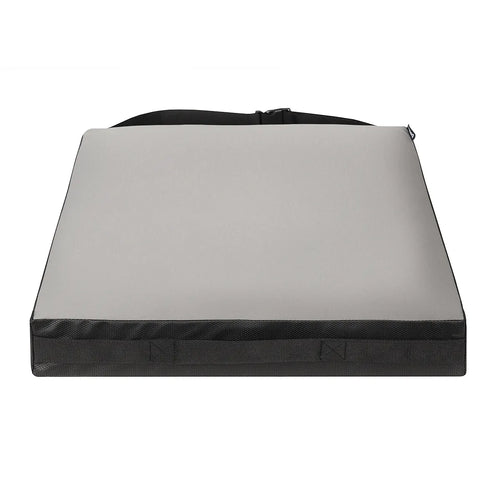
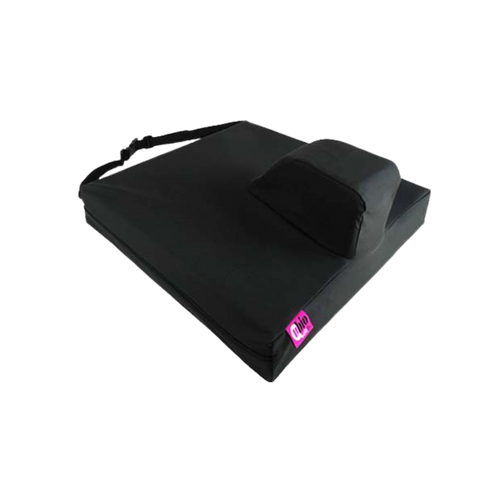
Types of Cushions for Wheelchairs
Selecting the right cushion depends on the user's needs, body shape, skin sensitivity, and time spent in the chair. Here are the most common types available in Australia:
A. Foam Wheelchair Cushions
- Lightweight and affordable
- Offers basic comfort and support
- Often used for short-term or occasional use
- Available in high-density or contoured designs for added stability
B. Gel Wheelchair Cushions
- Gel inserts inside foam or fluid-filled layers
- Excellent for pressure relief and heat dispersion
- Moulds to the user’s body
- Preferred for individuals with high pressure ulcer risk
C. Air Cell Cushions
- Filled with air pockets or interconnected bladders
- Adjusts to movement, offering dynamic pressure relief
- Lightweight and ideal for long-term use
- Requires regular inflation and adjustment
D. Hybrid Cushions
- Combines foam, gel, or air for multi-layered support
- Offers the best of comfort, stability, and pressure relief
- Typically used by long-term wheelchair users
How to Choose the Right Wheelchair Cushion
The ideal cushion depends on your medical needs, body shape, and usage time. Here's what to consider when buying wheelchair cushions:
1. User Weight and Seating Duration
- Heavier users may require high-resilience foam or hybrid models
- For all-day use, prioritise pressure redistribution and skin integrity
- Lightweight users may opt for basic foam cushions for short-term use
2. Pressure Care Needs
- Users at risk of skin breakdown should choose gel or air cell cushions
- Foam is suitable for those with minimal pressure care requirements
- Ask your occupational therapist for personalised pressure mapping
3. Mobility Level
- People who self-propel may benefit from firm, stable bases
- Users with reduced core strength may need contoured or wedge-shaped cushions to prevent slumping
4. Hygiene and Maintenance
- Look for waterproof or wipeable covers
- Removable covers are best for machine washing
- Antimicrobial and breathable fabrics prevent odours and skin irritation
5. Cushion Positioning and Safety
Many people ask: How to position wedged wheelchair cushions? Position wedges with the thickest side at the rear for pelvic support, or consult a therapist for clinical setups.
Conclusion
Wheelchair cushions are more than a comfort add-on—they are a vital part of pressure care, posture support, and overall wellbeing. From gel to foam to breathable hybrid designs, today’s market offers reliable options for all body types, mobility needs, and clinical risks.
Whether you're managing long-term disability, recovering from surgery, or simply want a more comfortable ride, the right cushion can make a significant difference in your daily quality of life.
Looking for trusted wheelchair cushions tailored to your needs?
Explore our curated collection of breathable, pressure-relieving, and clinically recommended cushions for wheelchair seats designed for comfort and peace of mind.
📞 Call 1300 615 193 or order online at our website.
Wheelchair cushions are essential for improving comfort, posture, and pressure care for both manual and electric wheelchair users. This collection features high-quality wheelchair cushions designed to reduce pressure points, protect skin integrity, and support safe, comfortable all-day seating at home, work, or in clinical environments.
What this collection includes:
• Foam wheelchair cushions for everyday comfort and support
• Gel wheelchair cushions for enhanced pressure relief and heat control
• Air and alternating air cushions for high-risk pressure care
• Hybrid foam-gel cushions for long-term wheelchair use
• Positioning and wedge cushions to improve posture and stability
• Cushions suitable for manual and electric wheelchairs
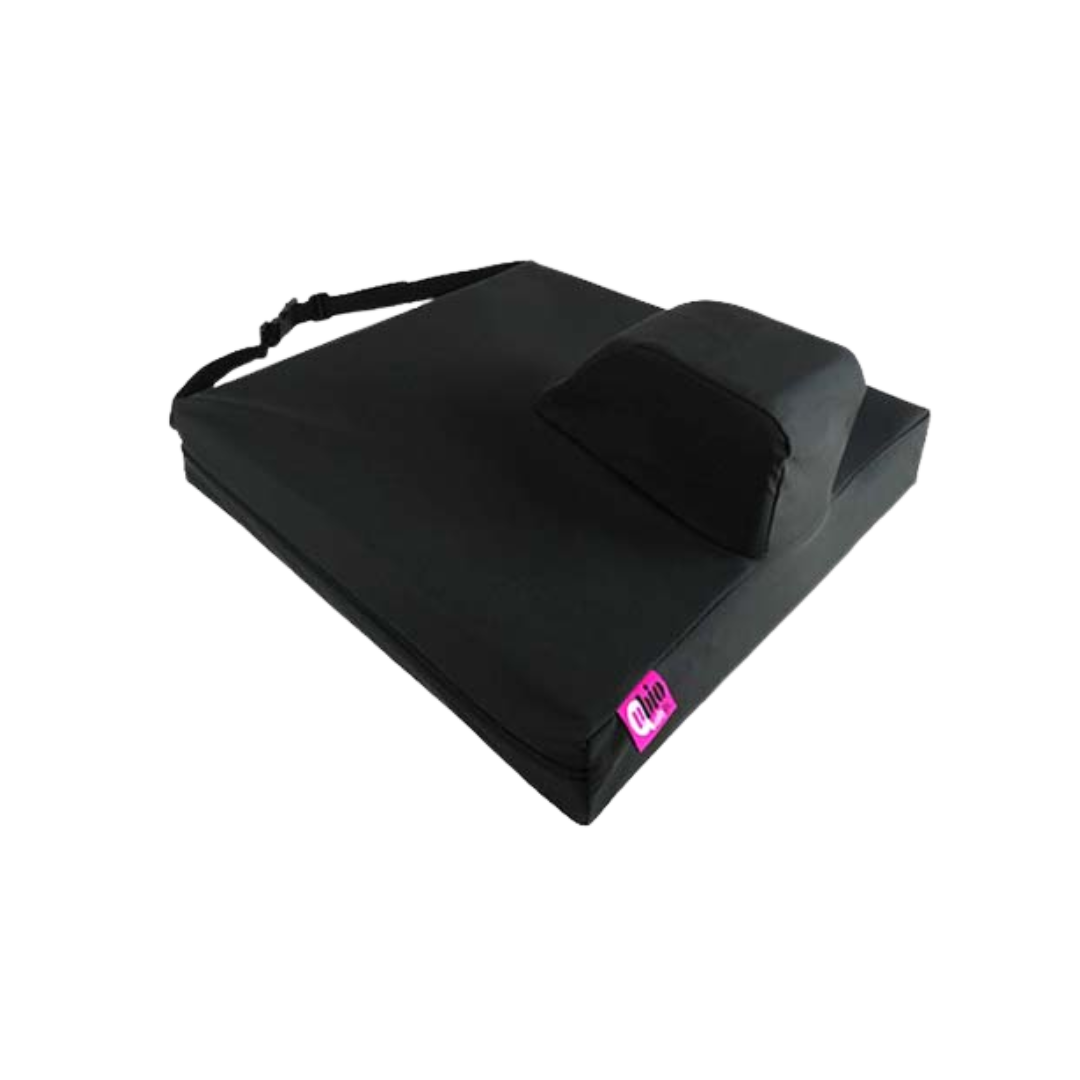
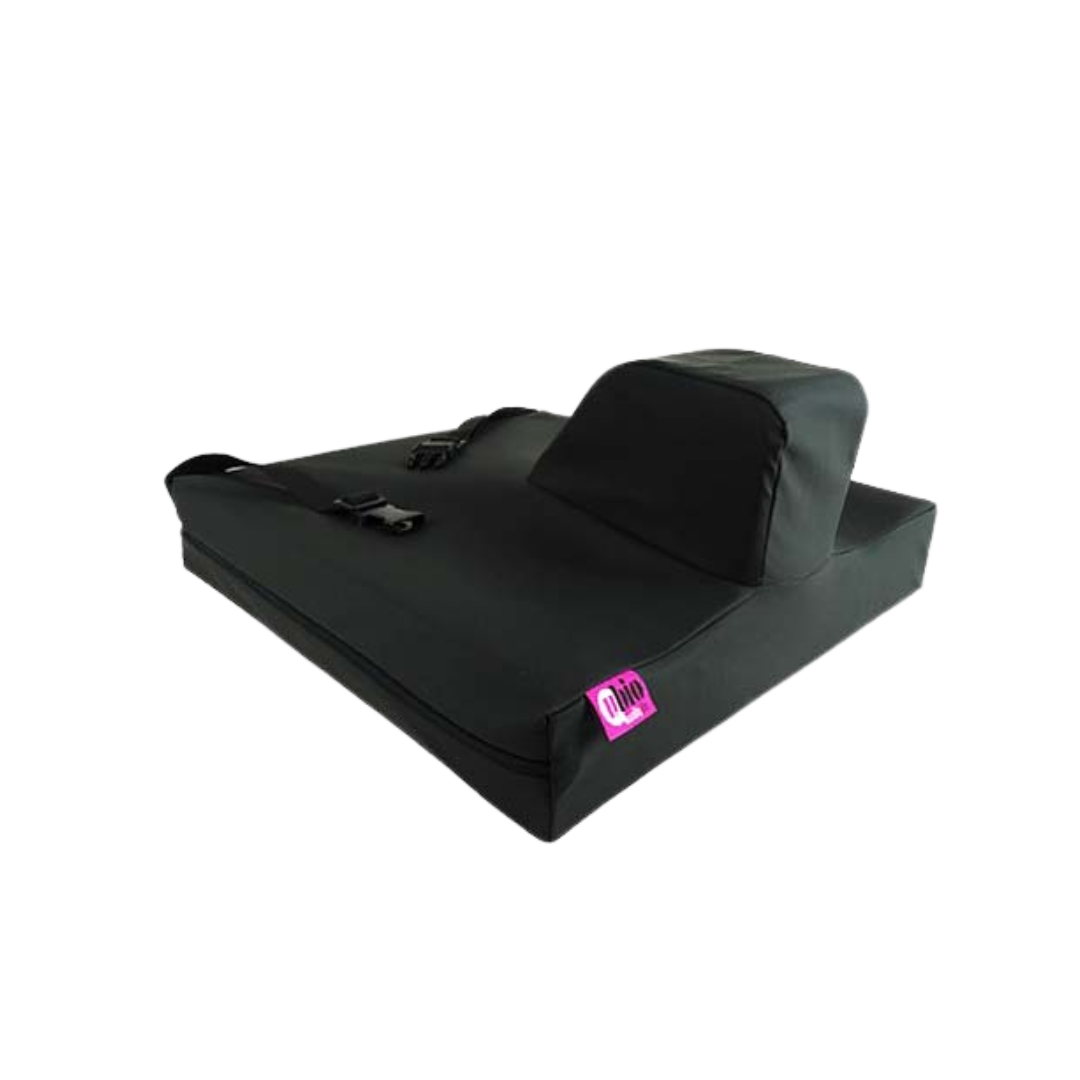
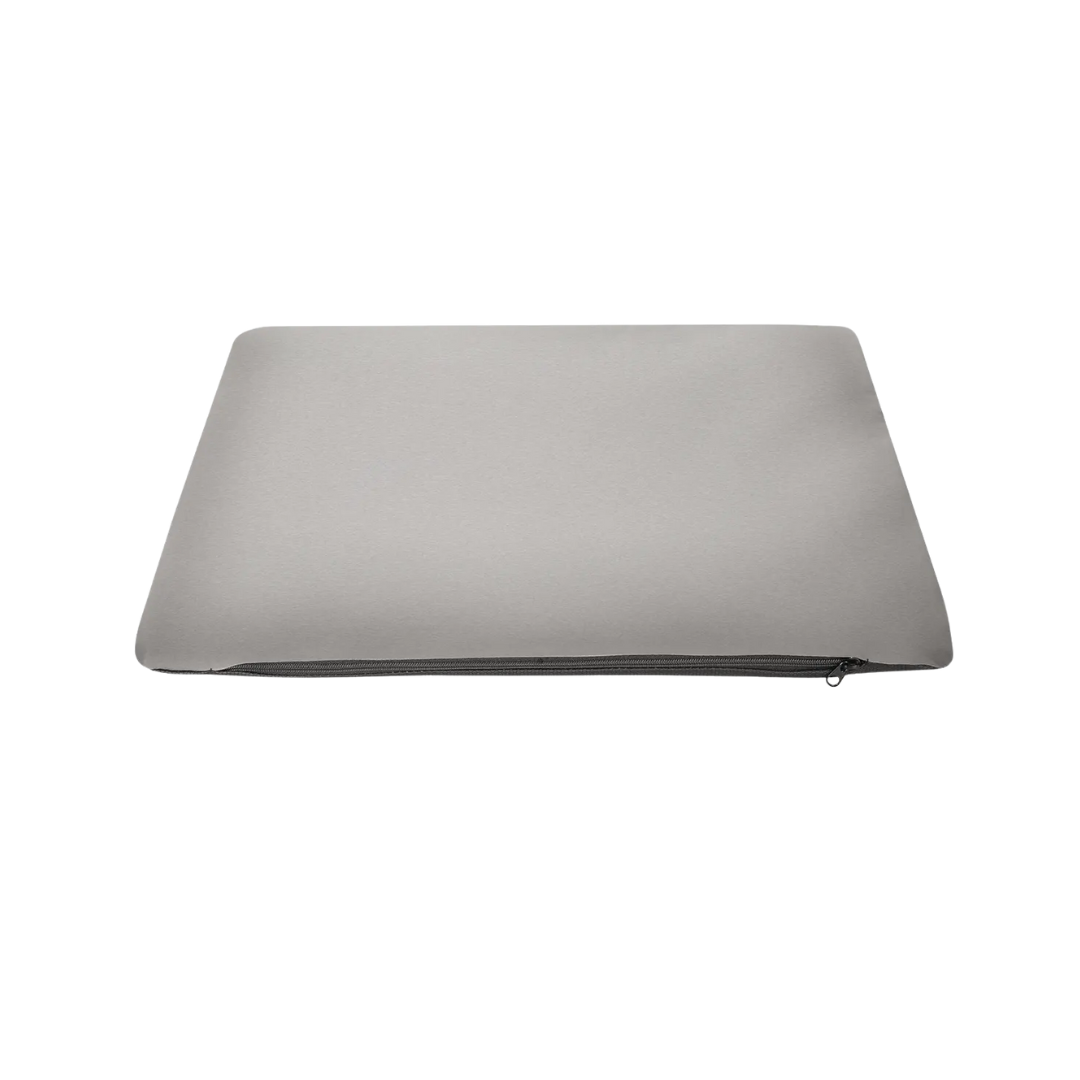
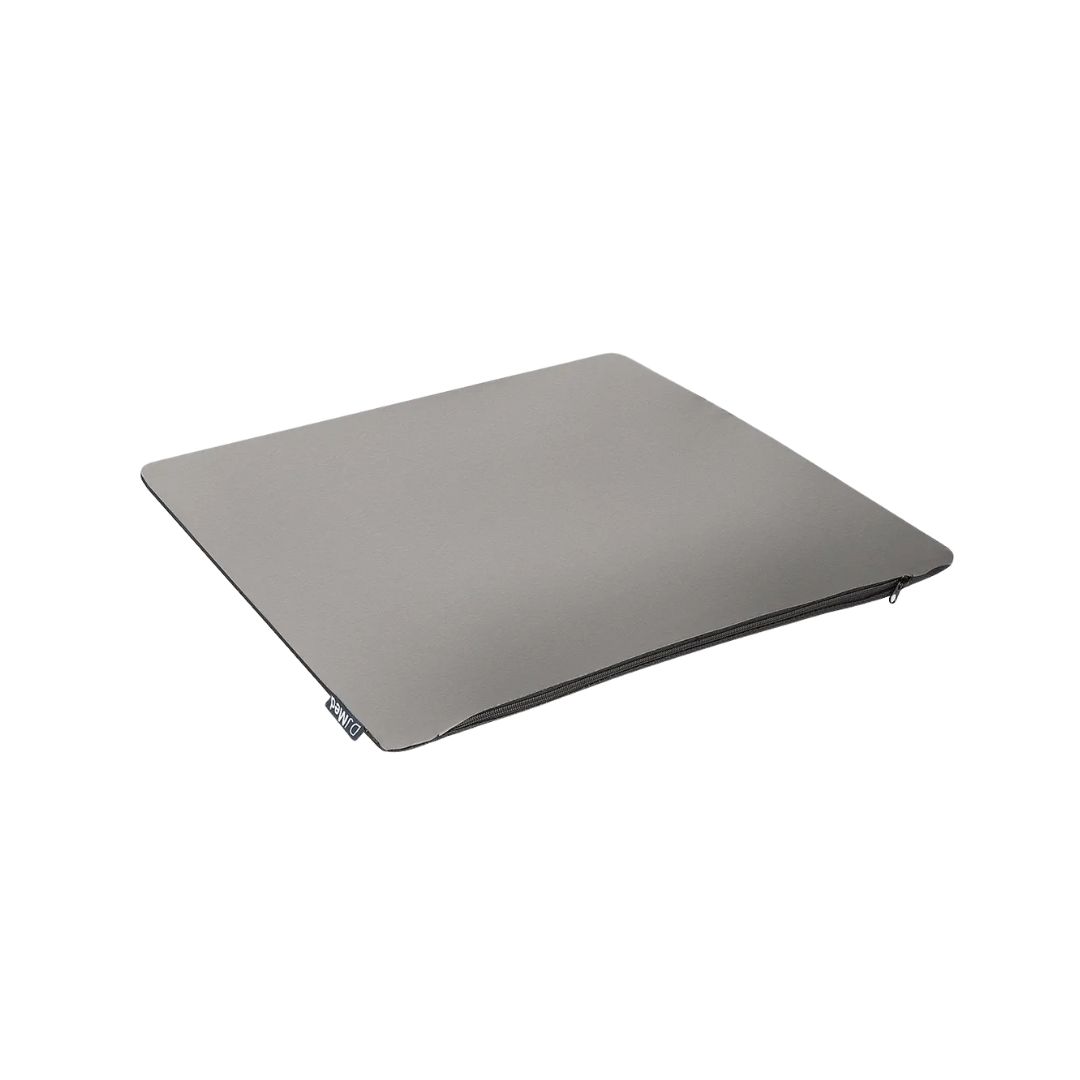

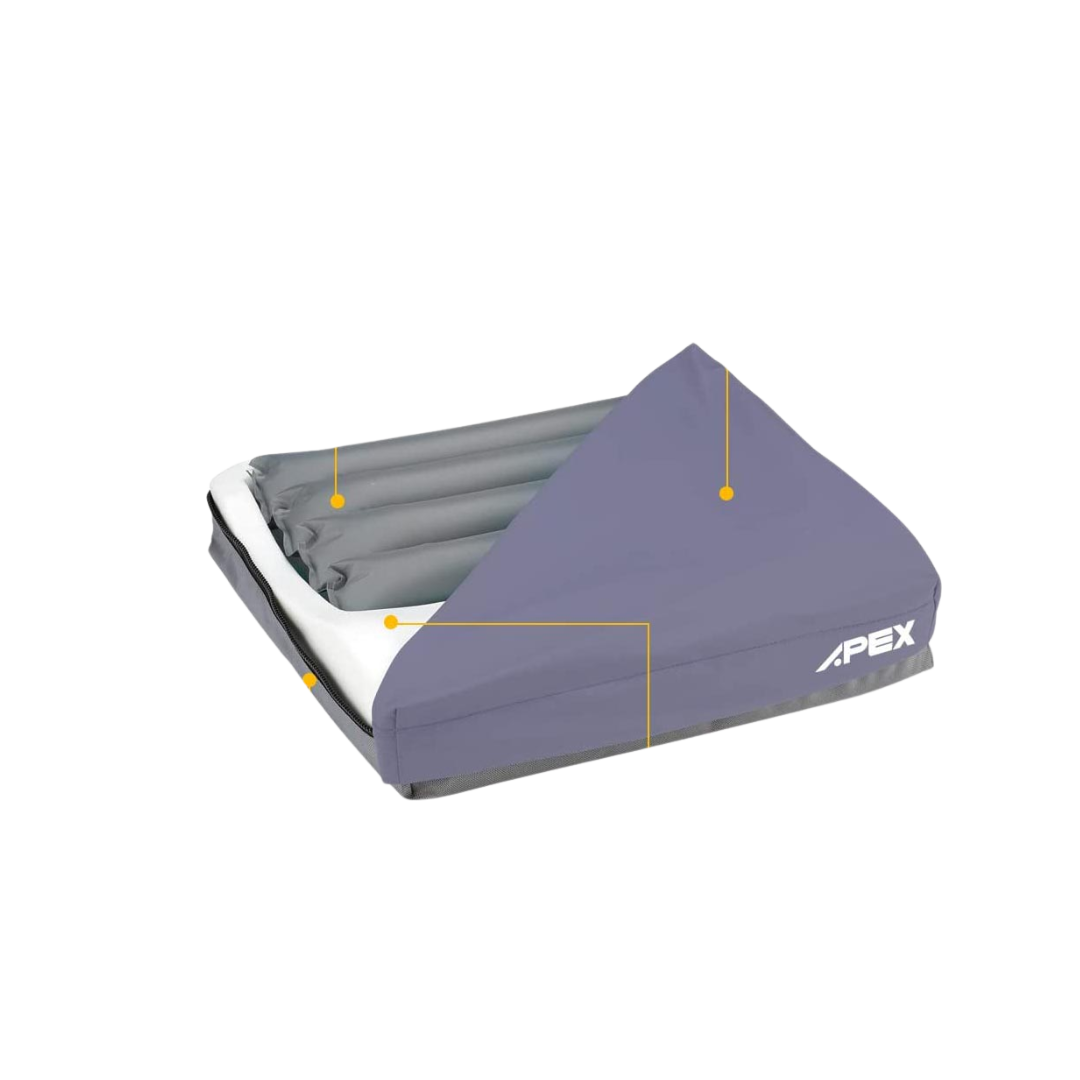
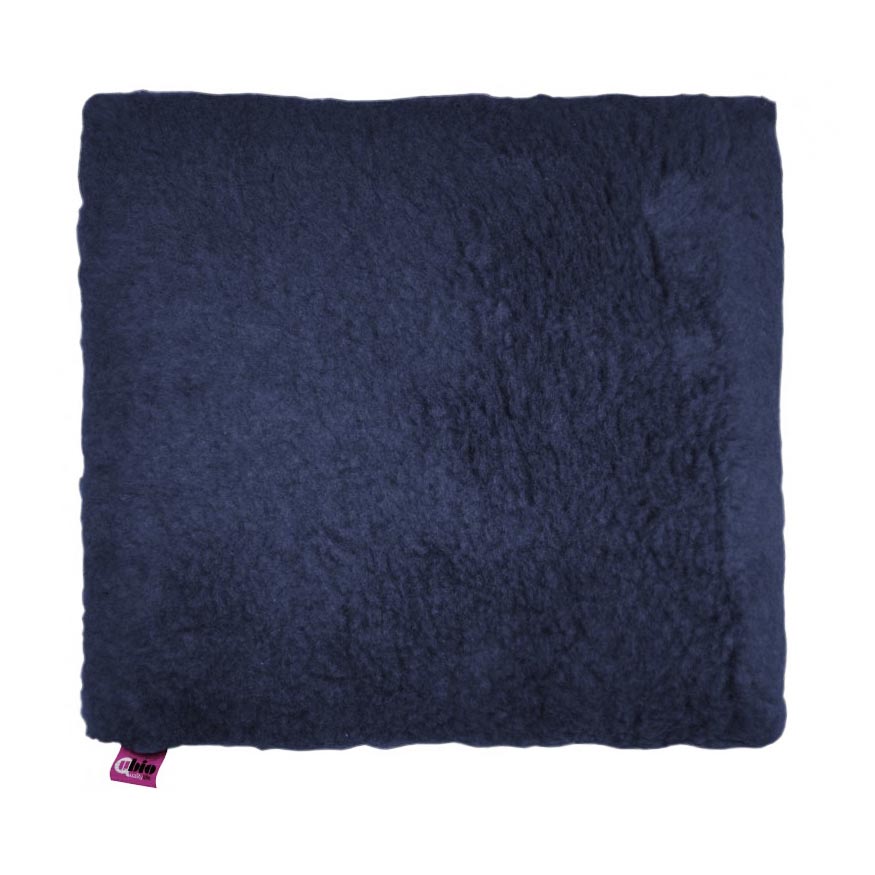
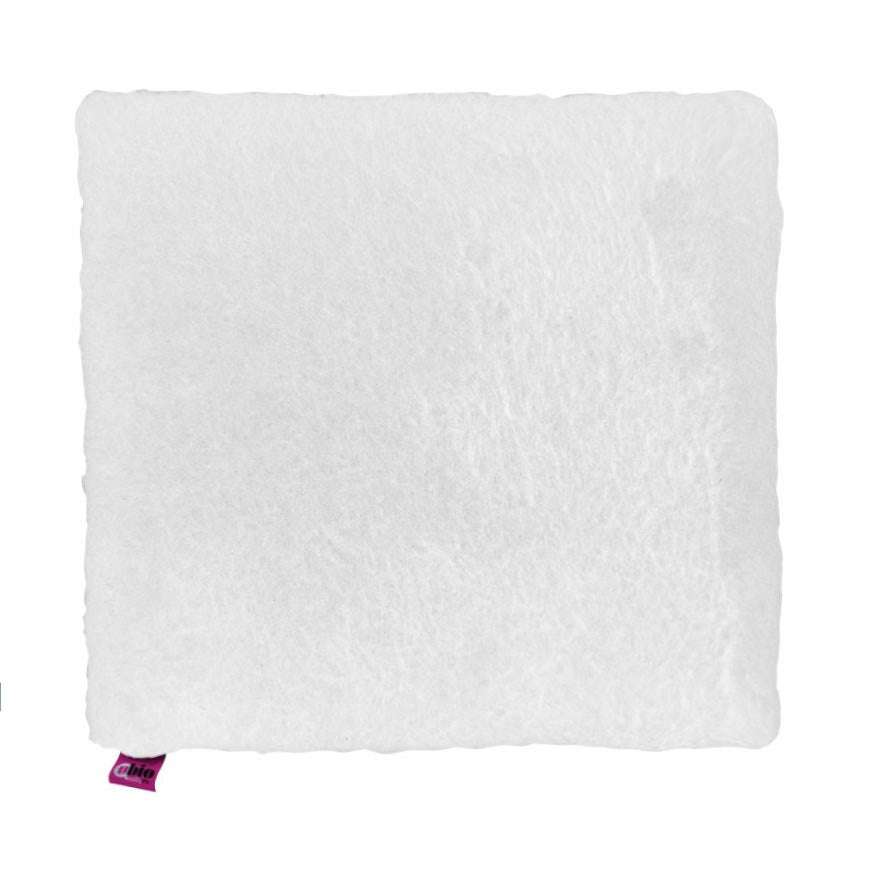
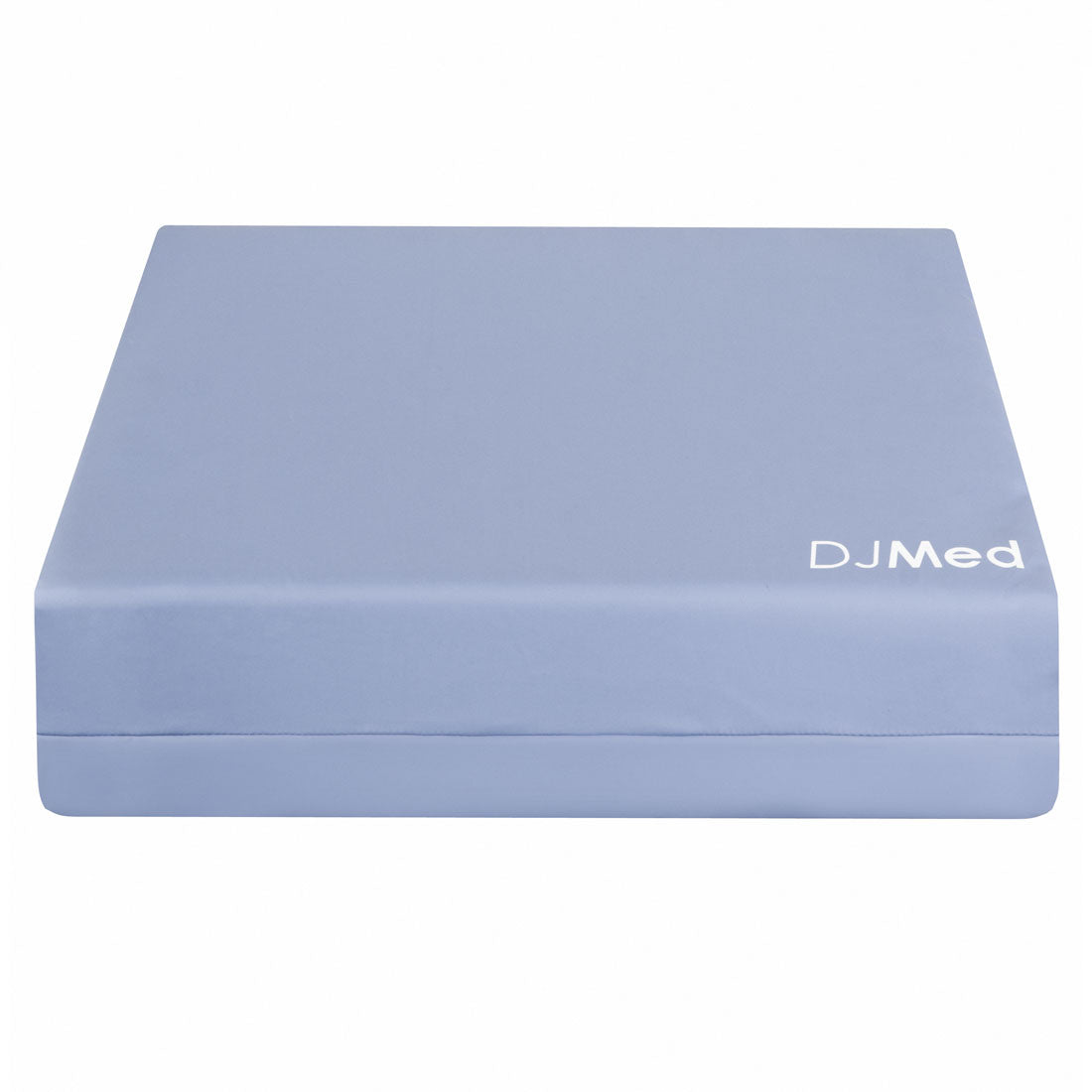
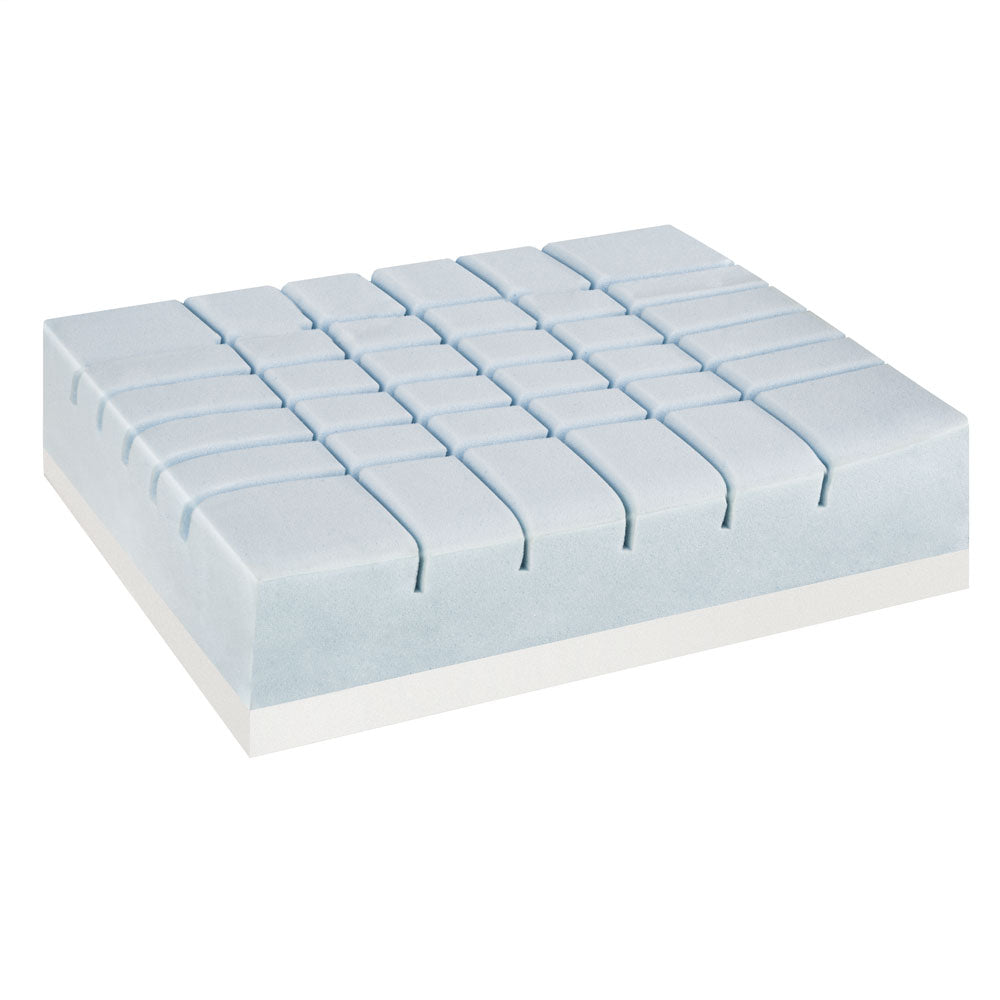
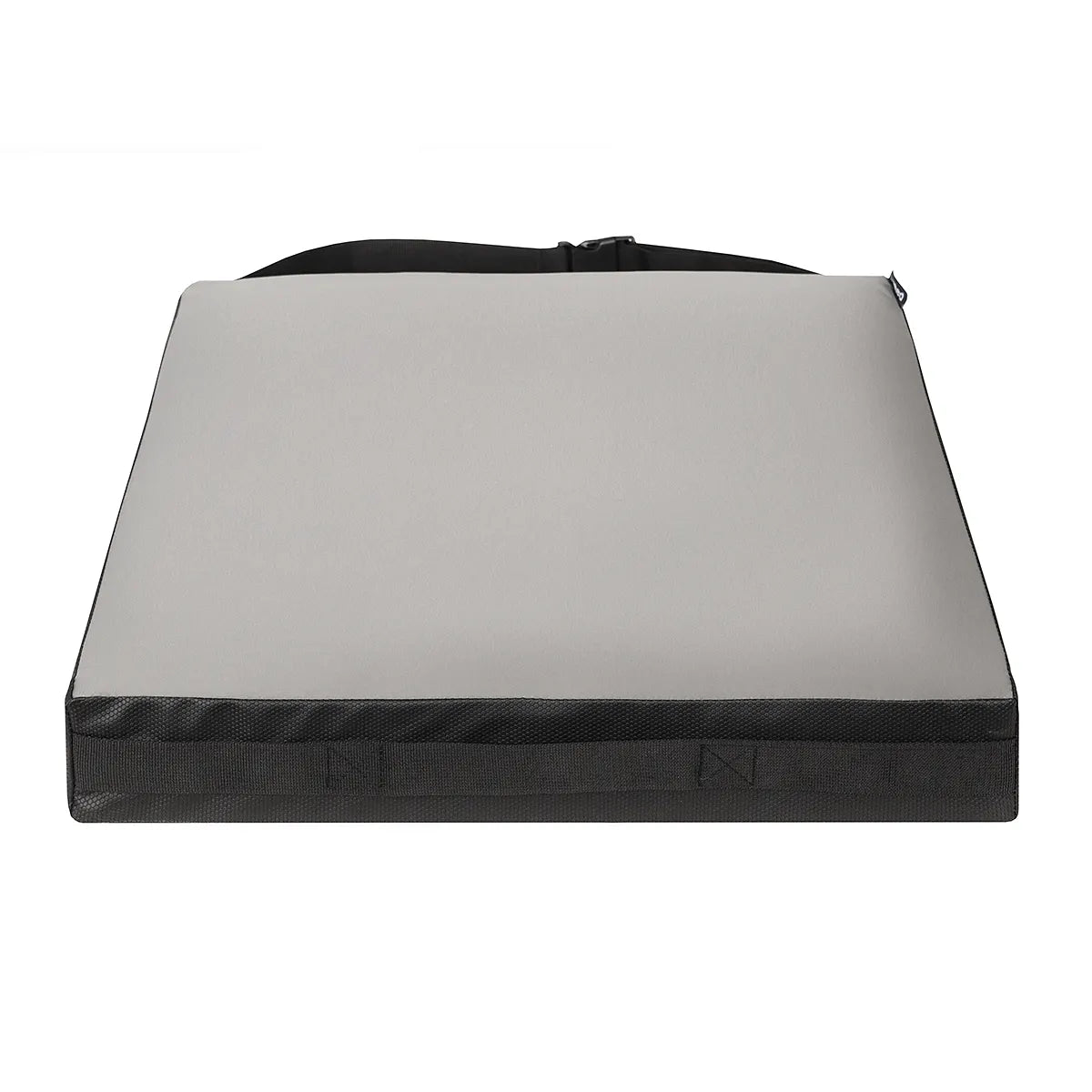
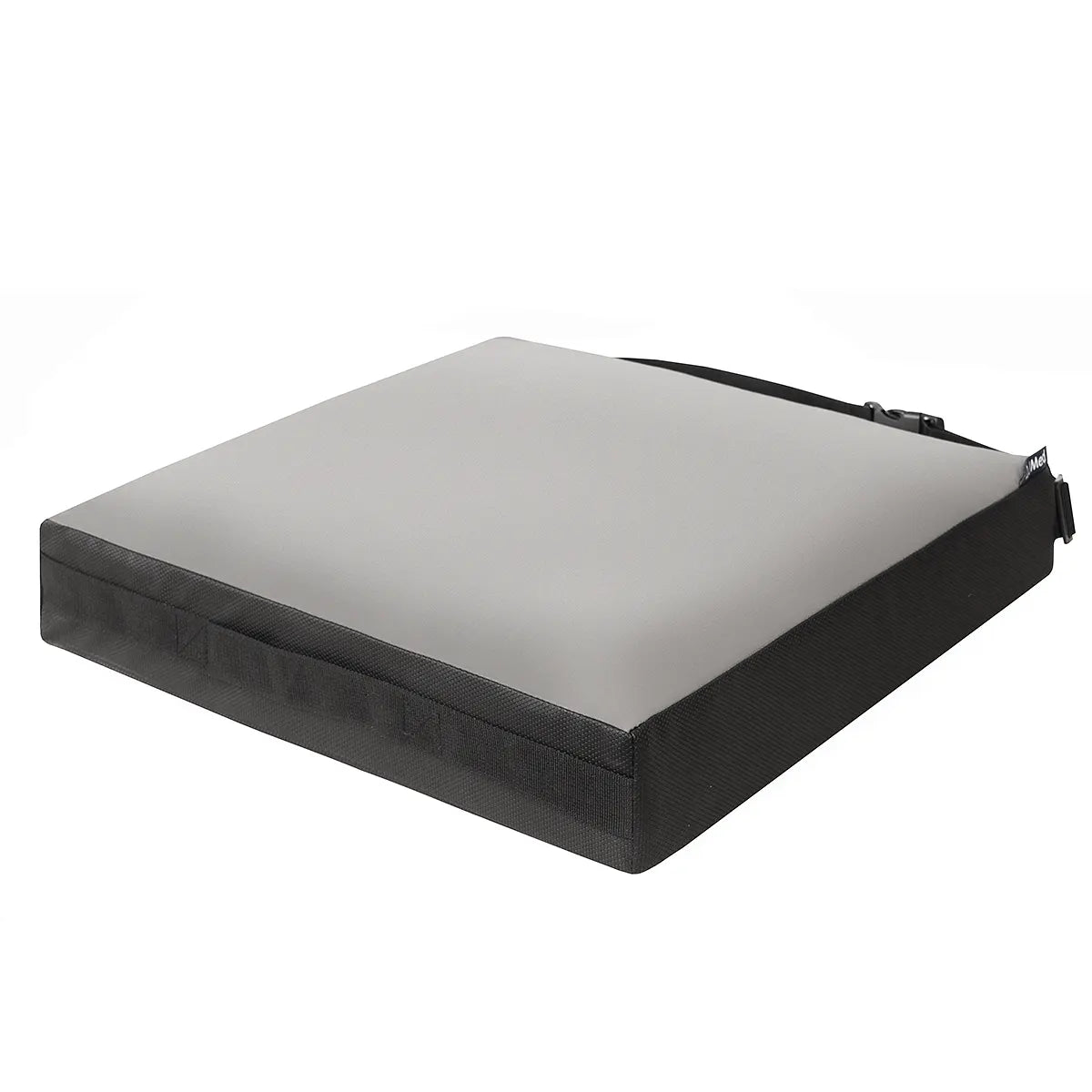
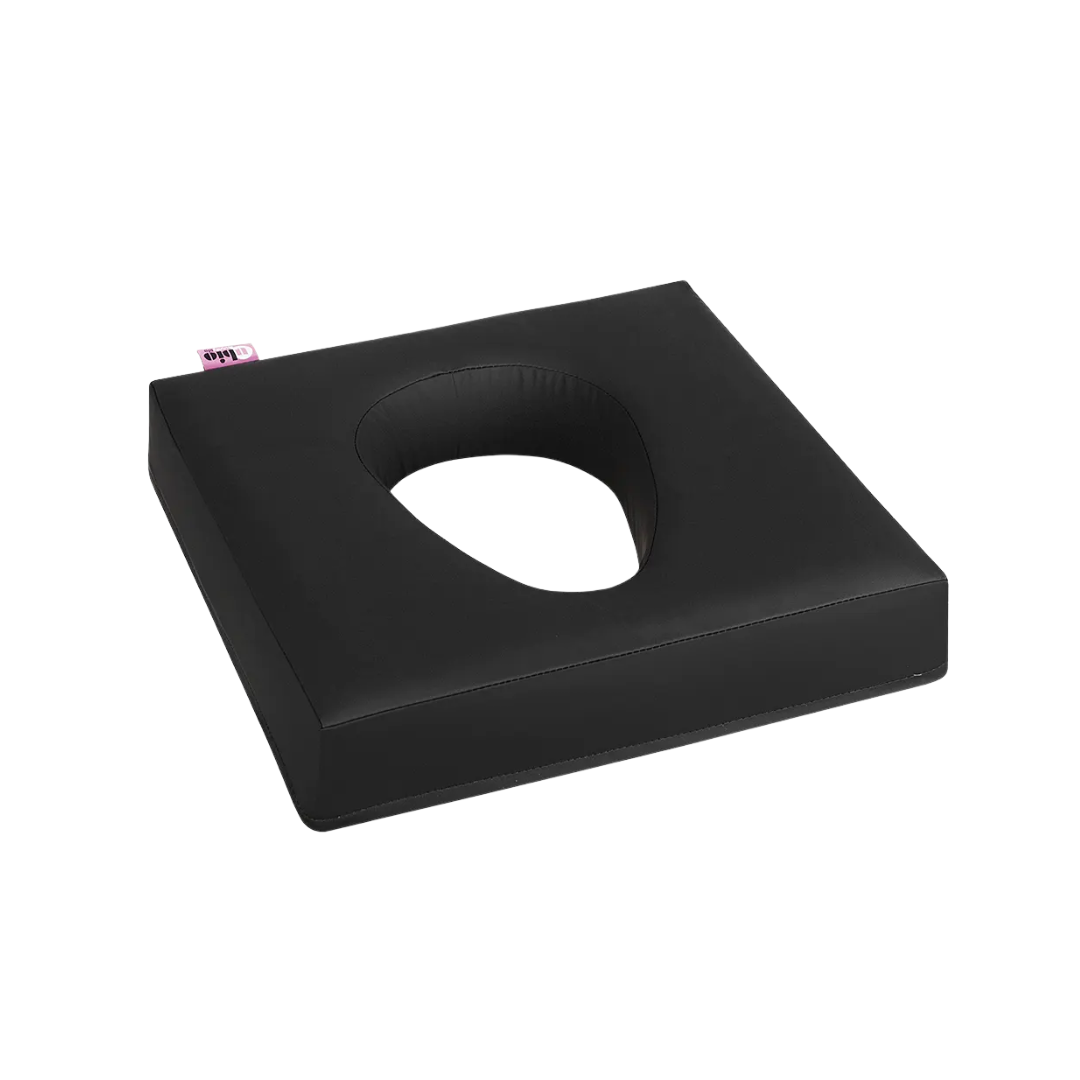
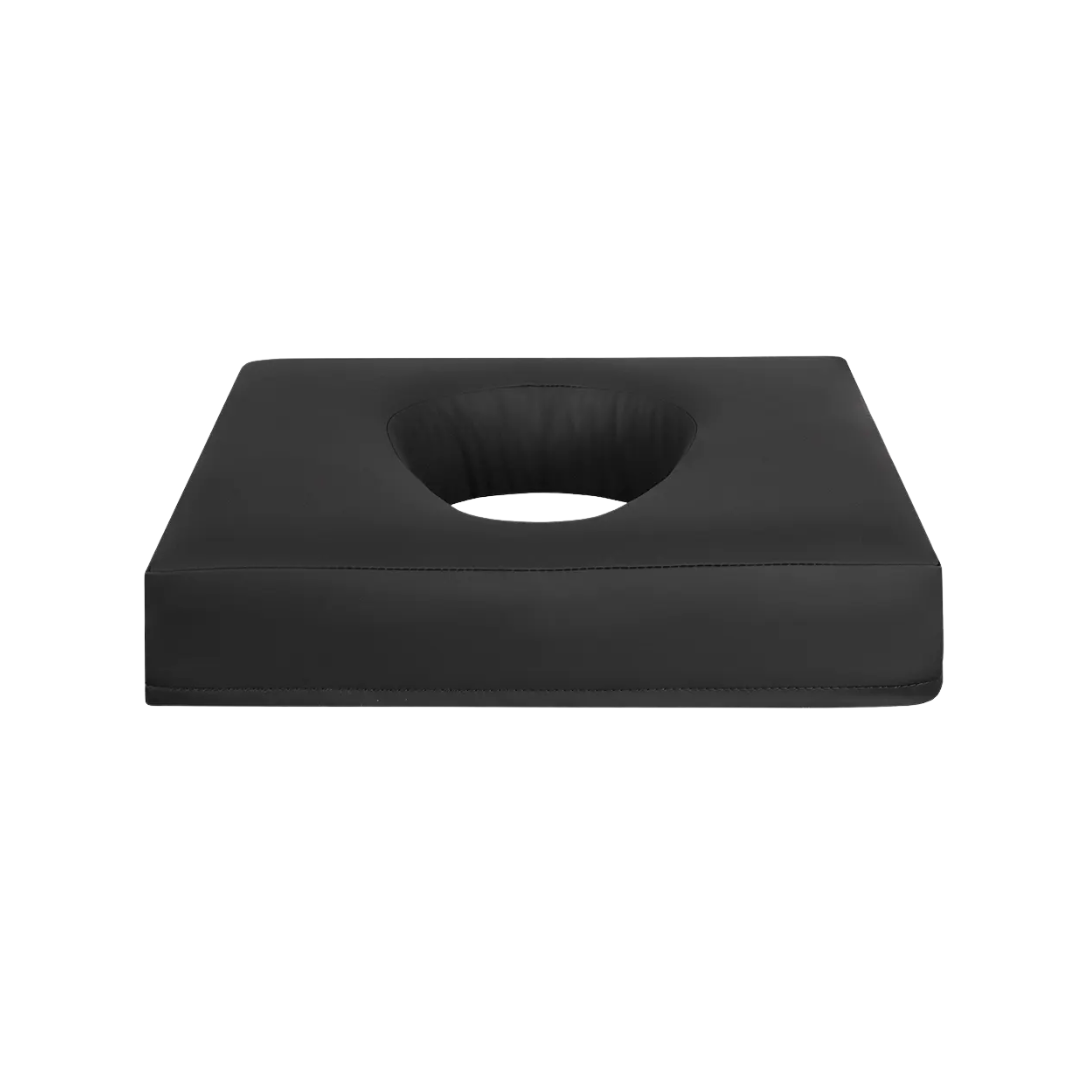
Recently viewed
Shipping
Yes. Quality wheelchair cushions help redistribute weight, reduce pressure on bony areas, and lower the risk of pressure injuries when used correctly.
Gel, air, or hybrid cushions are best for all-day wheelchair use, as they provide better pressure relief and long-term comfort than basic foam.
Measure your wheelchair seat width and depth. The cushion should fit snugly without overhang or gaps to ensure proper support and safety.
Yes. Wheelchair cushions may be funded through NDIS assistive technology when assessed as reasonable and necessary by a clinician.
